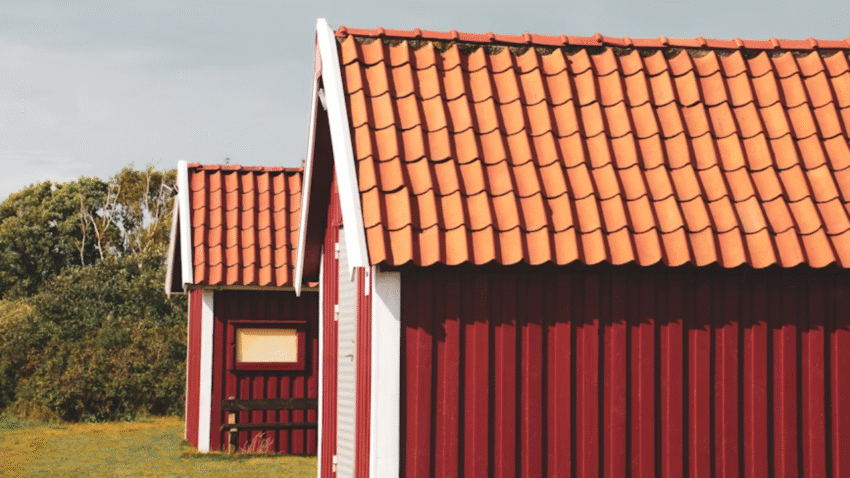Introduction
Has a storm, accident, or wear and tear left you with cracked or shattered shed windows? Learning how to replace broken shed windows is an important skill that helps keep your shed secure, weatherproof, and looking its best. Broken windows not only make your shed look neglected but can also let in water, pests, and drafts—leading to further damage over time.
Why Replacing Broken Windows Matters for Your Shed
A broken window is more than just an eyesore. It creates an entry point for rain, snow, insects, and even unwanted animals. Over time, water damage can rot wood frames, warp flooring, and encourage mold growth inside the shed. Replacing broken windows quickly restores security, improves insulation, and prevents small issues from becoming costly repairs. Plus, a new window enhances your shed’s appearance and overall functionality.
Step-by-Step Guide to Replacing Broken Shed Windows
1. Gather Tools and Materials
You’ll need replacement glass (or a new window unit), glazing putty, a putty knife, utility knife, hammer, pliers, caulk, wood filler, primer, and paint. For safety, have heavy-duty gloves and protective eyewear on hand.
2. Remove Broken Glass Safely
Wear gloves and eye protection. Carefully remove any loose shards from the frame. Place the pieces in a sturdy container for disposal. Use pliers to remove any small fragments stuck in the frame.
3. Remove the Old Glazing and Points
If your window is held in with glazing putty and points, use a putty knife to scrape away the old putty. Pull out the metal glazing points that hold the glass in place.
4. Inspect and Repair the Frame
Check the window frame for damage. If it’s rotten or cracked, sand it down and repair with wood filler. For metal frames, sand off rust and apply a rust-inhibiting primer.
5. Measure for Replacement Glass
Measure the opening carefully—width and height—subtracting about 1/8 inch from each measurement so the glass fits easily. Take these measurements to a hardware store or glass shop to have a new pane cut.
6. Install the New Glass
Place a thin bead of glazing putty in the frame groove. Gently position the new glass into place. Use glazing points every 4–6 inches along the frame to hold the glass securely.
7. Apply New Glazing Putty
Roll the putty into thin ropes and press it around the edges of the glass. Smooth it with a putty knife at a 45-degree angle for a clean finish. Allow the putty to cure according to the product instructions.
8. Paint or Seal the Frame
Once the putty has dried, paint over it with exterior paint to protect it from weather damage. If your window is a new unit, seal around the edges with caulk for extra protection.
9. Clean the Glass and Check Functionality
Wipe away any fingerprints or smudges. Test the window to make sure it opens and closes properly if it’s an operable style.
Common Mistakes to Avoid
- Skipping Safety Gear
Solution: Always wear gloves and goggles to avoid cuts from sharp glass. - Incorrect Measurements
Solution: Measure twice before ordering glass. A pane that’s too big or small won’t fit properly. - Forgetting to Use Glazing Points
Solution: These small metal tabs keep the glass secure inside the frame. - Not Painting the Putty
Solution: Paint seals the putty and prevents it from drying out and cracking. - Leaving Gaps Around the Frame
Solution: Use caulk to seal the perimeter and prevent leaks.
Extra Shed Tips & Hacks
- Upgrade to Acrylic or Plexiglass: These materials are shatter-resistant and ideal for sheds in windy or high-impact areas.
- Install Security Film: A clear film makes glass harder to break and adds UV protection.
- Check Other Windows: If one window broke due to age or weather, inspect others for cracks or weaknesses.
Want to improve your shed further? Check out our guide on how to add windows to your shed for more light and airflow.
Conclusion
Replacing broken shed windows is a straightforward project that restores your shed’s safety, appearance, and weather resistance. With the right tools, proper measurements, and careful installation, your shed will be as good as new in just a few hours.
Take the time to repair the damage correctly, and you’ll prevent bigger issues like leaks, pests, and wood rot down the line.
Bookmark this guide to keep your shed looking great and functioning at its best!
